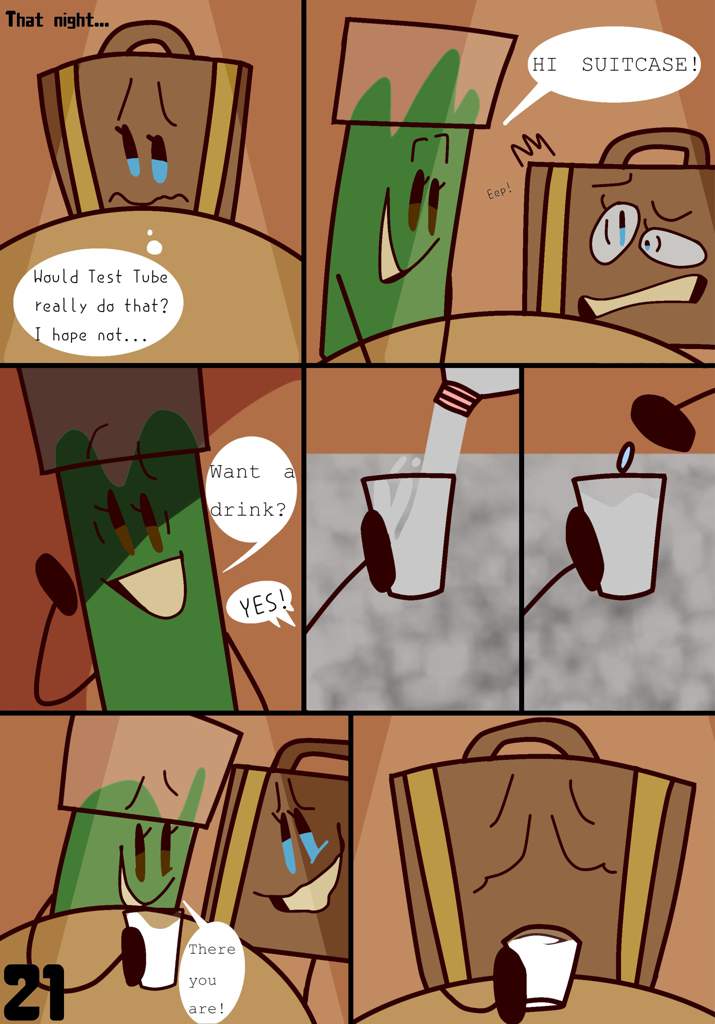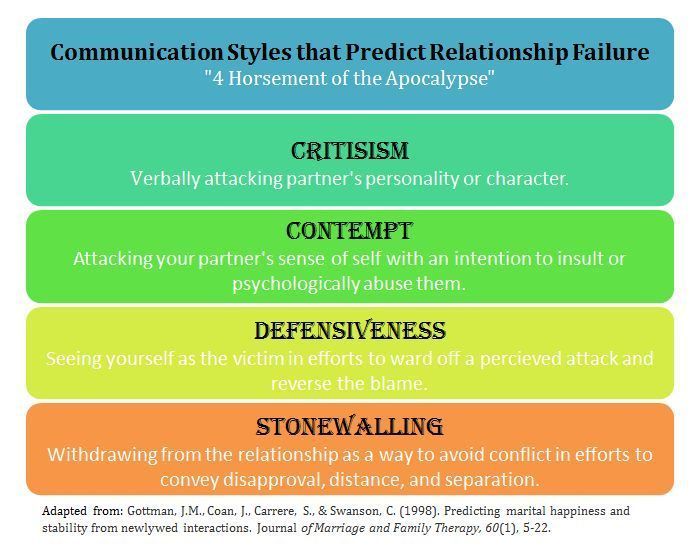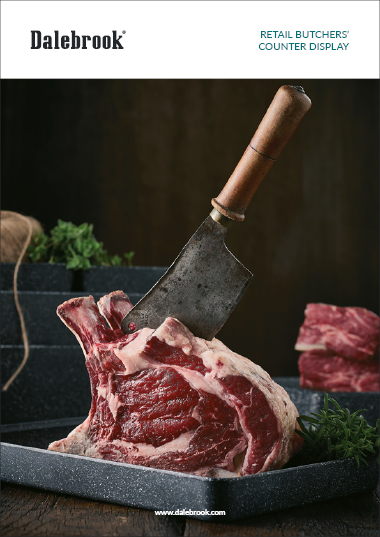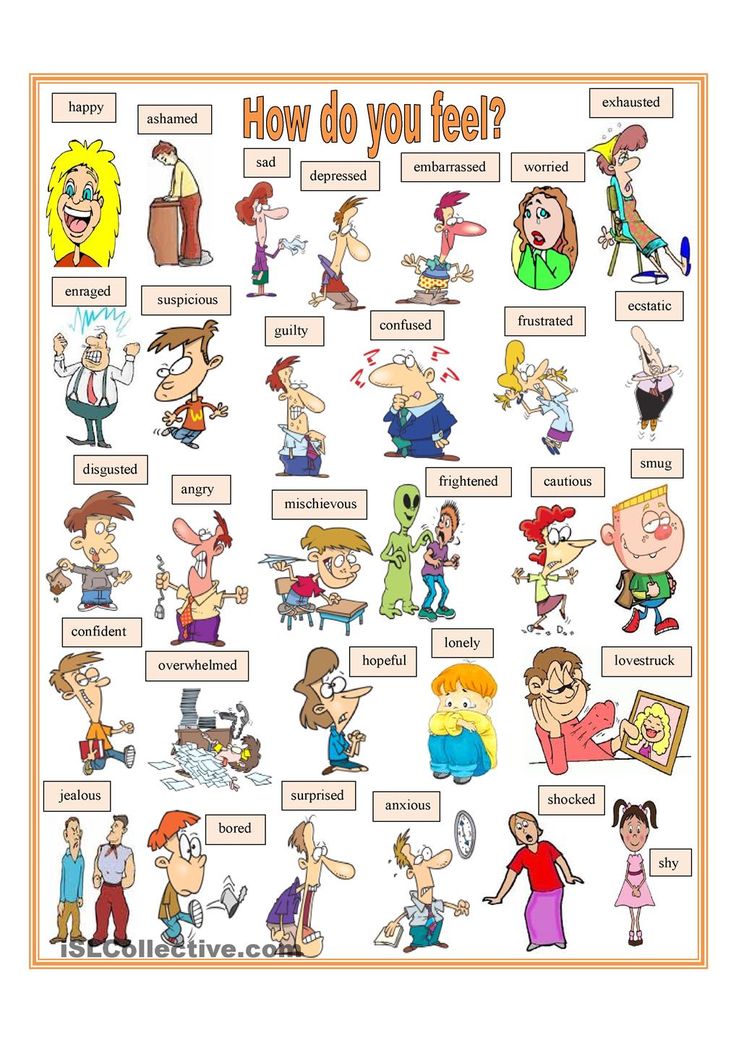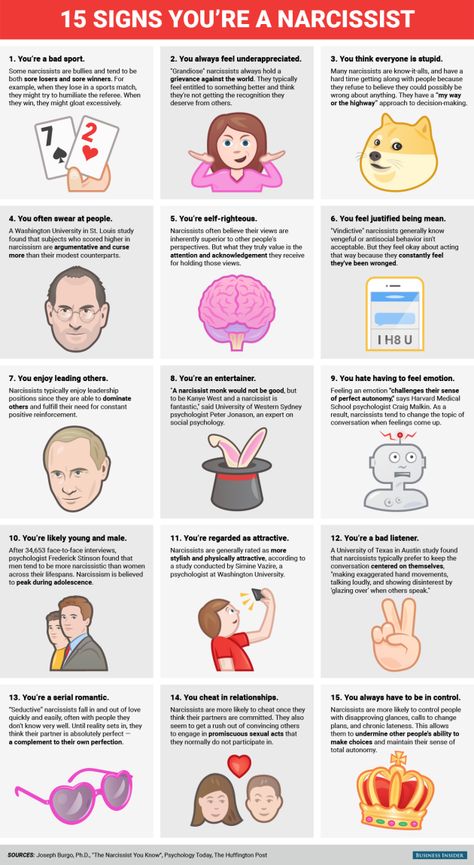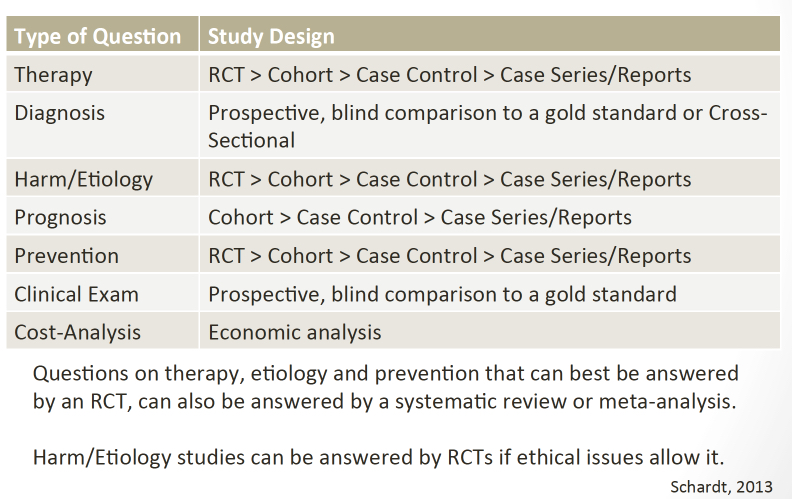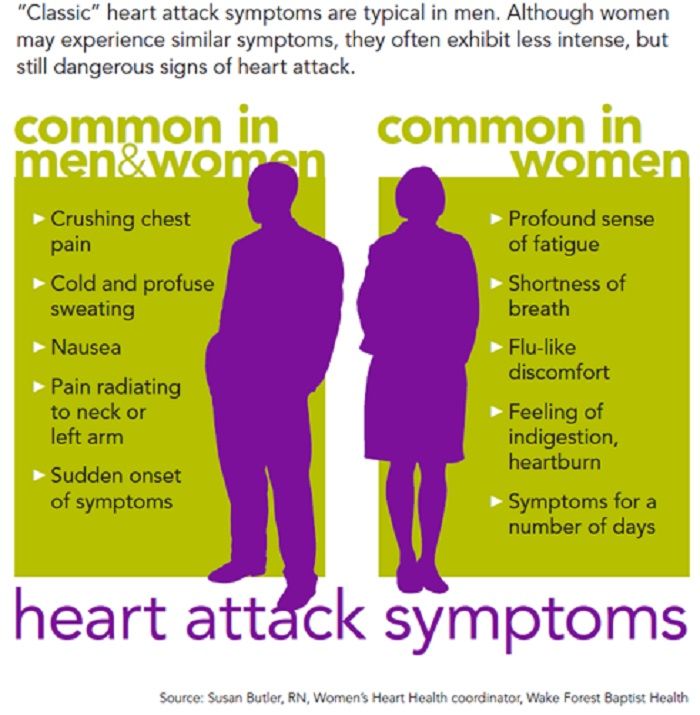Naming inanimate objects
Do You Name Your Robot Vacuum or Other Household Items?
by Raychel Adiutori on
Do you live with a robot vacuum named Vance, a coffee pot called Joe, or another household item you’ve given a special name? If so, you’re far from alone. It’s pretty common for people to name inanimate objects.
Giving human form or attributes to these things is called anthropomorphizing. And with more people staying at home, and buying new toys and gadgets, there is more and more to name. Earlier this year, we conducted an informal survey of our e-newsletter subscribers to see just what they’ve been naming (or anthropomorphizing) around the house.
Check out the infographic below to see the results.
Insurance for your Home and Appliances (To Name a Few)
Does Wally the washing machine or Frank Fridge need to be replaced? (Sorry, guys; it was good while it lasted. ) Check out our blog story on when to replace appliances and how to protect your home from issues that can arise from crockpots or your dryer.
What about a home inventory list to make sure all your household “friends” are accounted for? Making a list of what is in your home will come in handy just in case you ever have a claim and need to do a roll call. Here's how to get your home inventory started.
Good news: You can get an extra cushion of protection for major appliances and home systems right in your homeowners insurance policy with our Equipment Breakdown Coverage.
If you are unsure what your home insurance can cover – and what it can’t – ask your agent. Or you can find a local ERIE agent near you.
It’s OK… it’s a thing. Check out some of the items people name and why.
/blog/infographic-naming-inanimate-objects
Erie Insurance
https://www.erieinsurance.com/-/media/images/erieinsurance/erieinsurancelogo. png
png
RELATED STORIES
When to Replace Appliances
How to Prevent a Dryer Fire
What’s a Home Inventory, and Why Do I Need One?
ERIE® insurance products and services are provided by one or more of the following insurers: Erie Insurance Exchange, Erie Insurance Company, Erie Insurance Property & Casualty Company, Flagship City Insurance Company and Erie Family Life Insurance Company (home offices: Erie, Pennsylvania) or Erie Insurance Company of New York (home office: Rochester, New York). The companies within the Erie Insurance Group are not licensed to operate in all states. Refer to the company licensure and states of operation information.
The insurance products and rates, if applicable, described in this blog are in effect as of March 2021 and may be changed at any time.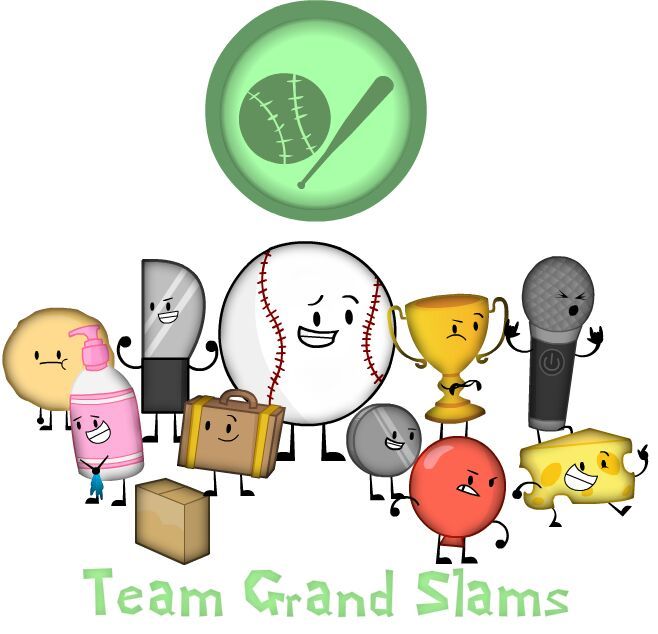
Insurance products are subject to terms, conditions and exclusions not described in this blog. The policy contains the specific details of the coverages, terms, conditions and exclusions.
The insurance products and services described in this blog are not offered in all states. ERIE life insurance and annuity products are not available in New York. ERIE Medicare supplement products are not available in the District of Columbia or New York. ERIE long term care products are not available in the District of Columbia and New York.
Eligibility will be determined at the time of application based upon applicable underwriting guidelines and rules in effect at that time.
Your ERIE agent can offer you practical guidance and answer questions you may have before you buy.
The Psychology of Giving Human Names to Your Stuff
The Psychology of Giving Human Names to Your StuffSubscribeGive A Gift
Things you buy through our links may earn New York a commission
Photo: SuperStock/Getty Images
According to a 2013 poll from the insurance company Nationwide, around 25 percent of car owners have named their ride. Granted, the survey isn’t exactly scientific, but while the statistic may not be a perfect reflection of reality, it does align with something you may have already seen in the wild: Plenty of people like to name the appliances in their lives — cars, laptops, bikes. Maybe you know someone who does it. Maybe it’s you!
Think about it, though — run through the real-life examples you know, and you’ll probably find that the phenomenon tends to follow a particular pattern.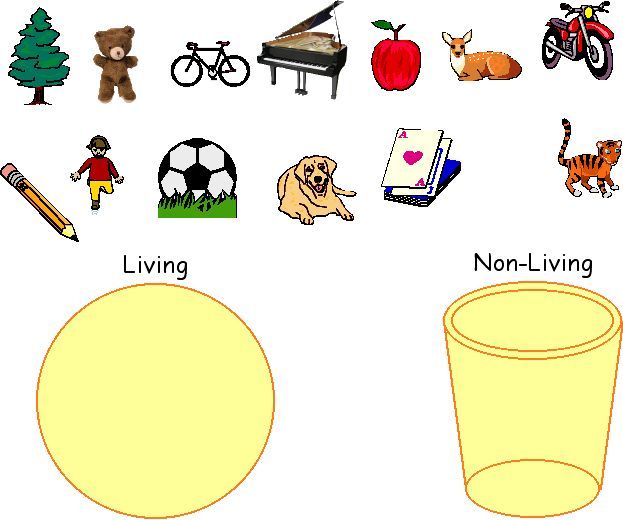 There are outliers (one Reddit user even named her breast pump), but generally speaking, some objects tend to get names much more often than others. Not many people, for example, have taken it upon themselves to name their toilet.
There are outliers (one Reddit user even named her breast pump), but generally speaking, some objects tend to get names much more often than others. Not many people, for example, have taken it upon themselves to name their toilet.
So what determines which things make the cut? Why do we bestow nicknames upon some objects, but not others? The answer, as it turns out, is a complicated mix of several different quirks of human psychology.
Because you’re attributing a humanlike mind to that object.
“We think there are multiple reasons why this happens,” says psychologist Nicholas Epley, a professor of behavioral science at the University of Chicago Booth School of Business.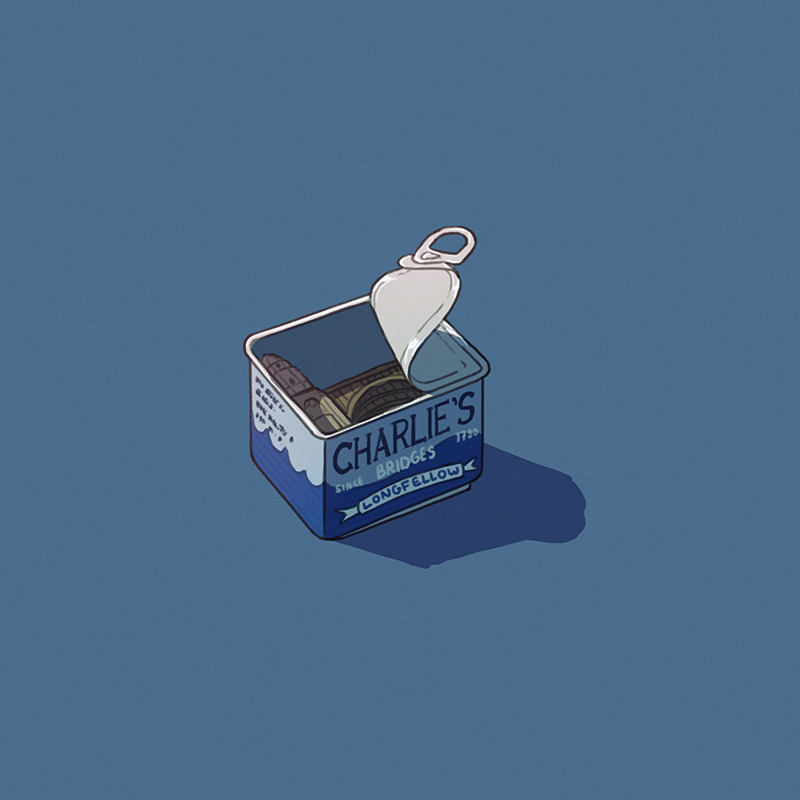 “Some of them have to do with just how similar some inanimate object or animal seems to a person. This can sometimes be an appearance, how it behaves or acts, or any other cues or similarities that lead us to treat nonhuman agents as humanlike.”
“Some of them have to do with just how similar some inanimate object or animal seems to a person. This can sometimes be an appearance, how it behaves or acts, or any other cues or similarities that lead us to treat nonhuman agents as humanlike.”
For instance, one May 2014 study in the Journal of Experimental Social Psychology found that participants ended up trusting a vehicle more as it acquired more anthropomorphic features (such as self-driving steering and a voice). A separate 2016 study in the Journal of Experimental Psychology: General, co-authored by Epley, showed that people were more likely to believe that computer-generated text read to them by a human voice came from a human mind than they were when they read that same text themselves.
Such studies indicate that, when we’re able to form some sort of connection with technology (or more specifically, project a connection onto it), we tend to view them as more humanlike — which may, in turn, make us more likely to give them a human name.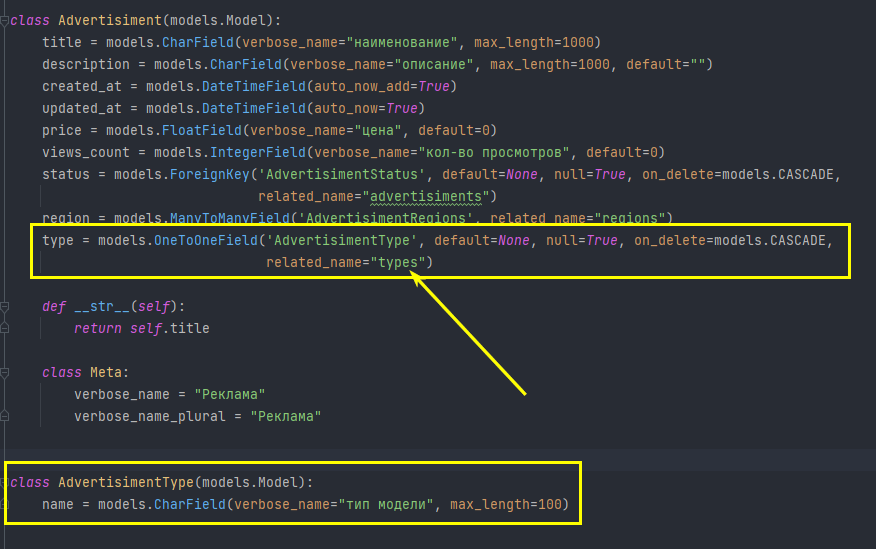
In his book Mindwise, Epley lays out a few factors that make us more likely to attribute humanlike minds to non-human things (a concept he also addresses in his 2007 paper in Psychological Review). First, we tend to anthropomorphize objects that look human — like false eyes on insect wings, or cars whose headlights look like eyes. That perception can extend to motion, too: Epley notes that a 2007 paper in the Journal of Personality and Social Psychology found that robots can actually seem more humanlike when their speed of movement is closer to our own.
Another trigger has to do with our need to explain things like machinery failure, Epley says. He references one survey of 900 listeners of NPR’s Car Talk Show, which found that the more unreliable a car, the more people were likely to attribute a mind to it. Machines, unlike humans, are supposed to be reliable; when they aren’t, we see more of ourselves in their unpredictability.
Machines, unlike humans, are supposed to be reliable; when they aren’t, we see more of ourselves in their unpredictability.
Because you’re trying to convey ownership, or attachment.
Names may also help us delineate between personal and community property. For example, people initially named boats in a harbor to help specify which boat belonged to which person, explains David Peterson, a linguist who created the Dothraki and Valyrian languages for the HBO series Game of Thrones, as well as multiple languages for the Syfy show Defiance. Over time, Peterson explains, this tendency to name boats became a self-perpetuating tradition.
“When it comes to personal objects, though, it really is a difference between the level of importance one places on it, and the level of potential emotional attachment one could place on it,” Peterson says. In other words, the objects you use most often aren’t necessarily the same ones you feel most connected to (have you ever heard of someone giving a nickname to their hairbrush?). An avid golfer might name just one of their clubs, for instance, if it has some special meaning that separates it from the others. Similarly, people tend not to name their pens and pencils, but if they do, you can expect that the utensil has some special importance to them.
So why don’t we name a toilet, considering how important it is? The answer, Peterson said, lies partly in social status: “If you’re going to name something, there’s a chance someone is going to hear the name,” he explained.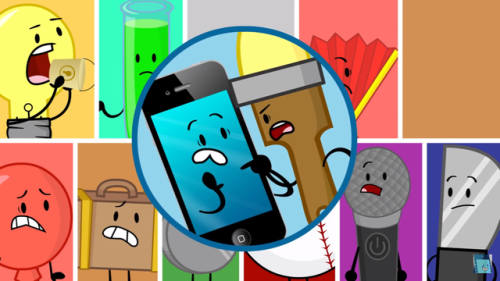 Since you’re probably not going to be chatting with friends about your porcelain throne, you’re not likely to name it.
Since you’re probably not going to be chatting with friends about your porcelain throne, you’re not likely to name it.
Because you’re feeling lonely.
Some people may also be more likely than others to give names to the things they use. In a 2008 study published in Psychological Science, Epley notes that people who lack social connections may try to compensate by forming connections to animals and nonhuman objects. (Epley cites the well-known — if extreme — example of Tom Hanks’s character in Cast Away naming his volleyball-turned-best-friend Wilson.)
We also have to consider, Peterson adds, that the effect doesn’t just go one way: We name some things because they’re important, but some things can also become more important to us because, in certain situations (like the boats in the harbor), we may be forced to name them.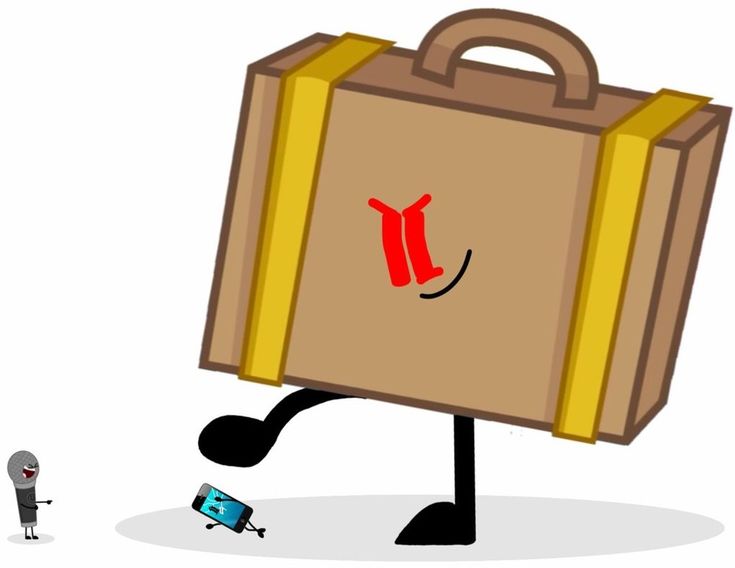
The flip side of all of this: Epley notes that just as we’re more likely to anthropomorphize and name certain objects, there are also certain conditions that make us more inclined to dehumanize something. In Epley’s 2016 study on voice and anthropomorphizing, his team also found that when we strip a voice from a situation, like if reading a block of text versus listening to it being read by a human voice, people are more likely to view the text as machine-generated rather than human-generated. In terms of real-life consequences, Epley says, the study does raise one important point: “When you understand when people think of other agents as mindful,” he notes, “you can both try to explain why people treat nonhumans as humans, but also sometimes why people treat humans as objects.”
The Psychology of Giving Human Names to Your StuffThings you buy through our links may earn New York a commission
- ‘I Stayed at My Job for Too Long and Now I’m Miserable’
- Jennifer Aniston Says She Spent Years Trying to Get Pregnant
- What We Know About ‘The Watcher’ Case Four Years Later
- The Haunting of a Dream House
- ‘Should I Stop Using Dry Shampoo?’
- The Haunting of a Dream House
- What We Know About ‘The Watcher’ Case Four Years Later
- ‘I Stayed at My Job for Too Long and Now I’m Miserable’
- ‘Should I Stop Using Dry Shampoo?’
- Jennifer Aniston Says She Spent Years Trying to Get Pregnant
The Latest
wow
Is Jason Momoa Allergic to Pants? “I actually don’t even like wearing clothes anymore.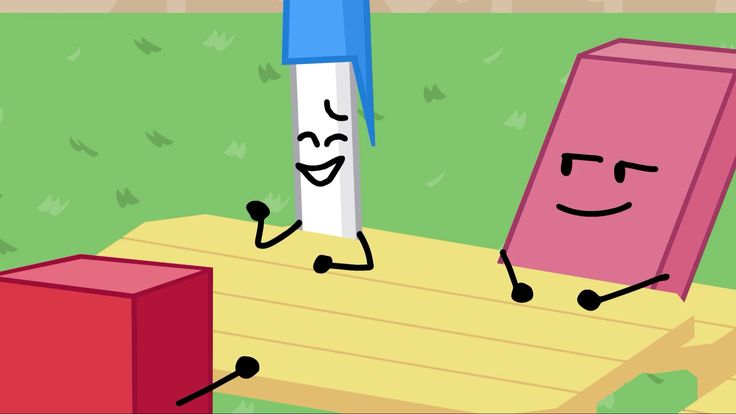 ”
”
the most fertile man
Nick Cannon’s Quest to Populate the Earth Continues Cannon is expecting new babies with Alyssa Scott and Abby De La Rosa.
money talks
What It Takes to Run a Day-Care Center “I’m absolutely exhausted. I don’t know anyone who works in child care who isn’t.”
By Charlotte Cowles
crime
The Most Chilling Testimony From Harvey Weinstein’s L. A. Trial A model recalled Weinstein asking her if her breasts were “real” before reaching over and grabbing them.
A. Trial A model recalled Weinstein asking her if her breasts were “real” before reaching over and grabbing them.
culture
Every Thought I Had While Watching Falling for Christmas ’Tis the season to celebrate the return of Lindsay Lohan.
mar-a-lago
Tiffany Trump’s Mar-a-Lago Wedding Threatened by Tropical Storm Congrats to the one adult Trump child not currently being sued for fraud, I guess.
life after roe
The Pilots Flying Abortion Patients Across State Lines Elevated Access is circumventing restrictive trigger legislation, bounty laws, and all-out bans from a couple of thousand feet in the air.
By Kim Brooks
beauty
What We Know About Nikita Dragun’s Arrest The trans beauty influencer was reportedly held in a men’s unit after her arrest at a Miami hotel.
in her shoes podcast
A Career in Politics Will Serve You Well in Hollywood
It certainly did for Carri Twigg, co-founder of Culture House: It’s all a “storytelling exercise.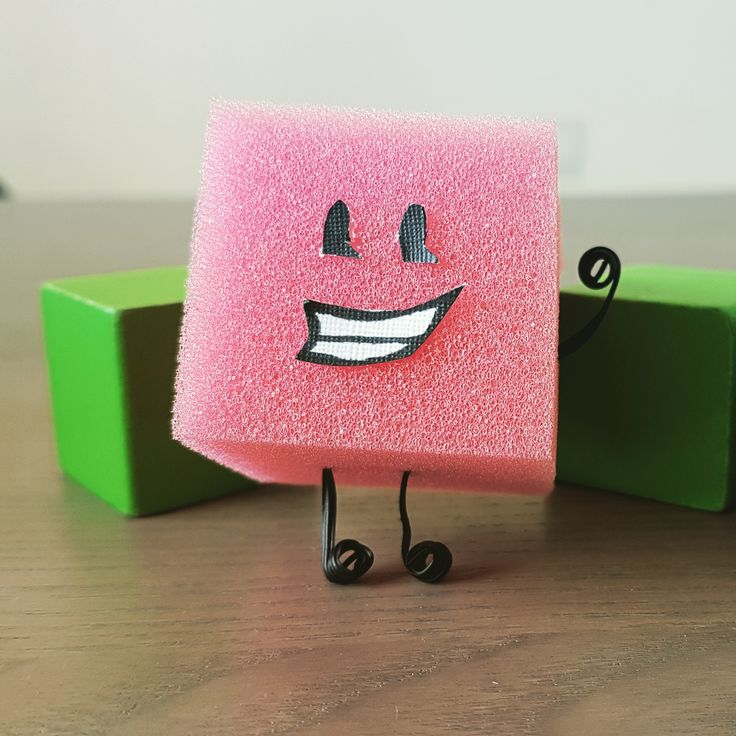 ”
”
By the Cut
power
Virginia Giuffre Drops Defamation Suit Against Alan Dershowitz The Epstein accuser says she might have “made a mistake” when she accused the Harvard lawyer of sexually assaulting her.
5 questions with...
Alice Englert Finds Fantasy in History The Dangerous Liaisons star brings an iconic character down to earth in this prequel to the classic novel.
celebrity
Jennifer Aniston Says She Spent Years Trying to Get Pregnant The actor revealed she went through IVF as the tabloids constantly speculated about her desire to have kids.
your next move
‘I Stayed at My Job for Too Long and Now I’m Miserable’ Don’t bring that baggage into your hiring process with new companies. Here’s how to regain your confidence.
holiday gifts
35 Last-Minute Gifts That’ll Arrive in Time for the Holidays Nothing fast shipping can’t solve.
life after roe
It Was a Good Night for Abortion Rights From Michigan to Kentucky, voters turned out to protect access.
tampongate
The Crown’s Prince Charles Has Never Looked Better The drama’s fifth season goes out of its way to humanize the new monarch — starting with Tampongate.
power
Everything to Know About the WNBA Star in Russian Custody Brittney Griner’s lawyers say she is being transferred to a penal colony whose location is currently unknown.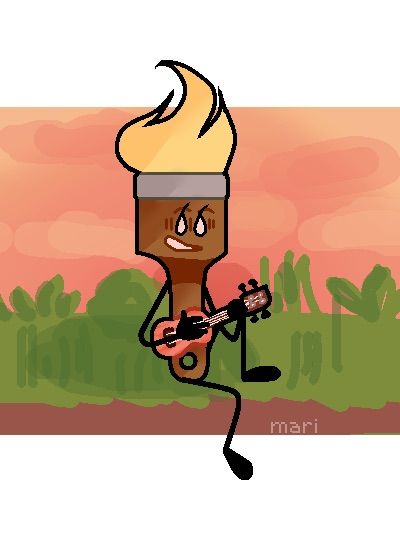
always shopping
22 Weekender Bags That Aren’t Ugly From a luxury leather carryall to the Target find that costs less than $50.
ask a beauty editor
‘Should I Stop Using Dry Shampoo?’ You don’t have to choose between your health and your hair. Let’s discuss.
encounter
The Nightgown Doyenne of Brooklyn Heights At the shop with Sandeep Salter.
Email You\'ll receive the next newsletter in your inbox. *Sorry, there was a problem signing you up.
This site is protected by reCAPTCHA and the Google Privacy Policy and Terms of Service apply.
Already a subscriber?
What is your email?
This email will be used to sign into all New York sites. By submitting your email, you agree to our Terms and Privacy Policy and to receive email correspondence from us.
Enter your email: Please enter a valid email address.
Sign In To Continue Reading
Create Your Free Account
Password must be at least 8 characters and contain:
This password will be used to sign into all New York sites.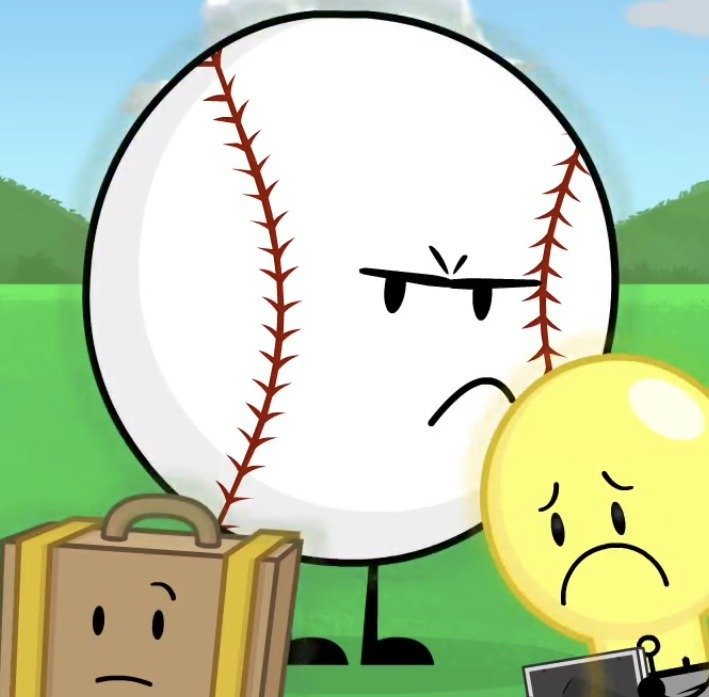 By submitting your email, you agree to our Terms and Privacy Policy and to receive email correspondence from us.
By submitting your email, you agree to our Terms and Privacy Policy and to receive email correspondence from us.
You’re in!
As part of your account, you’ll receive occasional updates and offers from New York, which you can opt out of anytime.
Already a subscriber?
What is your email?
This email will be used to sign into all New York sites. By submitting your email, you agree to our Terms and Privacy Policy and to receive email correspondence from us.
Enter your email: Please enter a valid email address.
Sign In To Continue Reading
Create Your Free Account
Password must be at least 8 characters and contain:
This password will be used to sign into all New York sites. By submitting your email, you agree to our Terms and Privacy Policy and to receive email correspondence from us.
You’re in!
As part of your account, you’ll receive occasional updates and offers from New York, which you can opt out of anytime.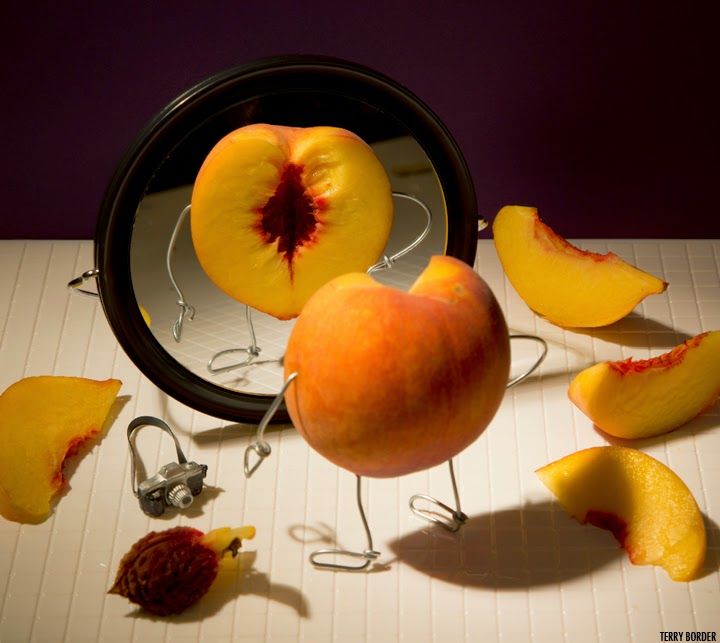
Already a subscriber?
Already a subscriber?
Email You\'ll receive the next newsletter in your inbox. *Sorry, there was a problem signing you up.
This site is protected by reCAPTCHA and the Google Privacy Policy and Terms of Service apply.
Already a subscriber?
What is your email?
This email will be used to sign into all New York sites. By submitting your email, you agree to our Terms and Privacy Policy and to receive email correspondence from us.
Enter your email: Please enter a valid email address.
Sign In To Continue Reading
Create Your Free Account
Password must be at least 8 characters and contain:
This password will be used to sign into all New York sites. By submitting your email, you agree to our Terms and Privacy Policy and to receive email correspondence from us.
By submitting your email, you agree to our Terms and Privacy Policy and to receive email correspondence from us.
You’re in!
As part of your account, you’ll receive occasional updates and offers from New York, which you can opt out of anytime.
Already a subscriber?
What is your email?
This email will be used to sign into all New York sites. By submitting your email, you agree to our Terms and Privacy Policy and to receive email correspondence from us.
Enter your email: Please enter a valid email address.
Sign In To Continue Reading
Create Your Free Account
Password must be at least 8 characters and contain:
This password will be used to sign into all New York sites. By submitting your email, you agree to our Terms and Privacy Policy and to receive email correspondence from us.
You’re in!
As part of your account, you’ll receive occasional updates and offers from New York, which you can opt out of anytime.
Already a subscriber?
Already a subscriber?
Email You\'ll receive the next newsletter in your inbox. *Sorry, there was a problem signing you up.
This site is protected by reCAPTCHA and the Google Privacy Policy and Terms of Service apply.
Already a subscriber?
What is your email?
This email will be used to sign into all New York sites. By submitting your email, you agree to our Terms and Privacy Policy and to receive email correspondence from us.
Enter your email: Please enter a valid email address.
Sign In To Continue Reading
Create Your Free Account
Password must be at least 8 characters and contain:
This password will be used to sign into all New York sites. By submitting your email, you agree to our Terms and Privacy Policy and to receive email correspondence from us.
By submitting your email, you agree to our Terms and Privacy Policy and to receive email correspondence from us.
You’re in!
As part of your account, you’ll receive occasional updates and offers from New York, which you can opt out of anytime.
Already a subscriber?
What is your email?
This email will be used to sign into all New York sites. By submitting your email, you agree to our Terms and Privacy Policy and to receive email correspondence from us.
Enter your email: Please enter a valid email address.
Sign In To Continue Reading
Create Your Free Account
Password must be at least 8 characters and contain:
This password will be used to sign into all New York sites. By submitting your email, you agree to our Terms and Privacy Policy and to receive email correspondence from us.
You’re in!
As part of your account, you’ll receive occasional updates and offers from New York, which you can opt out of anytime.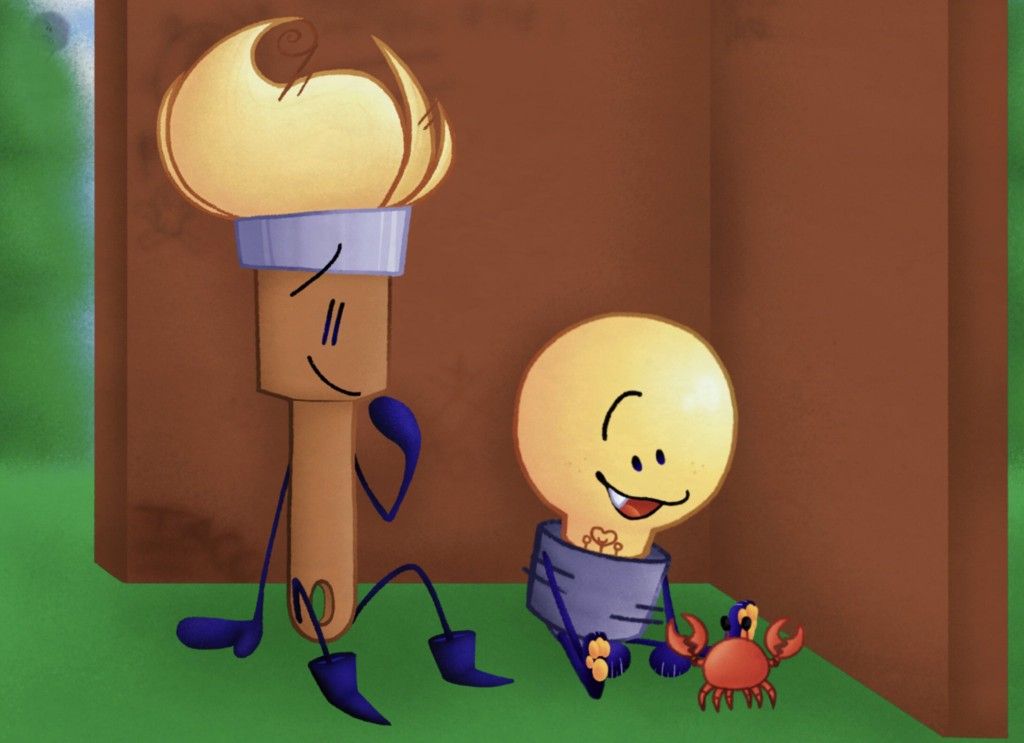
Already a subscriber?
Already a subscriber?
Email You\'ll receive the next newsletter in your inbox. *Sorry, there was a problem signing you up.
This site is protected by reCAPTCHA and the Google Privacy Policy and Terms of Service apply.
Already a subscriber?
What is your email?
This email will be used to sign into all New York sites. By submitting your email, you agree to our Terms and Privacy Policy and to receive email correspondence from us.
Enter your email: Please enter a valid email address.
Sign In To Continue Reading
Create Your Free Account
Password must be at least 8 characters and contain:
This password will be used to sign into all New York sites.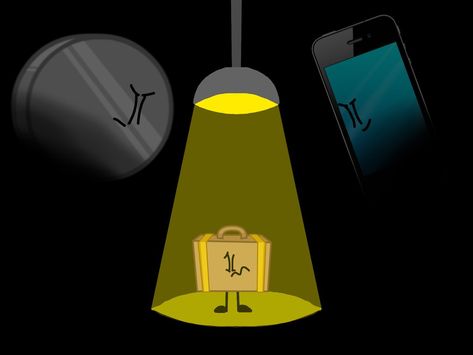 By submitting your email, you agree to our Terms and Privacy Policy and to receive email correspondence from us.
By submitting your email, you agree to our Terms and Privacy Policy and to receive email correspondence from us.
You’re in!
As part of your account, you’ll receive occasional updates and offers from New York, which you can opt out of anytime.
Already a subscriber?
What is your email?
This email will be used to sign into all New York sites. By submitting your email, you agree to our Terms and Privacy Policy and to receive email correspondence from us.
Enter your email: Please enter a valid email address.
Sign In To Continue Reading
Create Your Free Account
Password must be at least 8 characters and contain:
This password will be used to sign into all New York sites. By submitting your email, you agree to our Terms and Privacy Policy and to receive email correspondence from us.
You’re in!
As part of your account, you’ll receive occasional updates and offers from New York, which you can opt out of anytime.
Already a subscriber?
Already a subscriber?
Words that name animate and inanimate objects
Lesson type : Lesson of familiarization with the new material.
Cognitive goal: to familiarize students with concepts of animate and inanimate subjects
Sociocultural goal: development of oral and written speech, monologue and dialogic speech, as well as the skills of competent and unmistakable letters as an indicator of the general culture of a person.
Planned results:
Personal - awareness of the role of language in life and people's speeches
Metasubject:
Regulatory UUD
- determine independently and with the help of a teacher purpose of the lesson.
- learn to pronounce the sequence actions in the lesson.

Cognitive UUD
- navigate your knowledge system: to distinguish the new from the already known
- navigate the textbook, mine new knowledge.
- draw conclusions from teamwork class and teacher.
Communication UUD
- listen and understand the speech of others
- know the rules of conduct and communication when working in couple, group
Subject results:
- development of skills to group words on questions, to distinguish between words naming animate and inanimate objects, find errors in groupings.
- development of skills to distinguish between homonymous type names Fluff and fluff and correct write proper names (names, surnames of people, animal names, city names)
Teaching methods: partially - search, reproductive, explanatory and illustrative.
Forms of organization of cognitive activity students: collective, individual, group.
Teaching aids: presentation, textbook for 2 R.N. Buneev class
Handout: word cards for pair work and group work.
Course of the lesson
I. Motivation (self-determination) for learning activities.
Purpose: to motivate students to study activities through the creation emotional environment
Organization of the educational process at stage I:
Guys, give me your kind smiles. Look straight into your neighbor's eyes smile at each other.
Today the lesson will help me to teach Brownie Athanasius.
A picture of Brownie appears on the board and proverb.
- Read the proverb you prepared for you Brownie
Where there is work, there is joy.
- How do you understand this proverb?
- I think we are good at the lesson today work hard and get joy and pleasure from his work.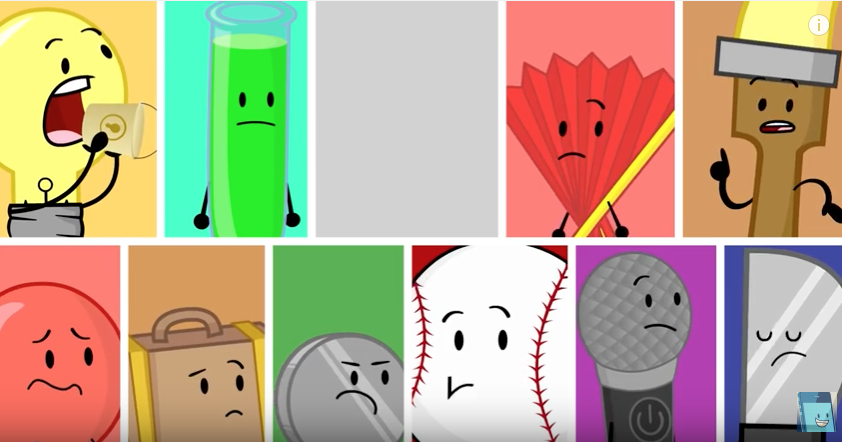
- Athanasius offers to receive joy from beautiful writing elements of letters.
A minute of calligraphy.
Ss Ss
Brownie's cards Who? and what?
- Look what Athanasius is holding in his hands? (cards with questions who? and what?)
- What does he want to remind you of? (On what topic we worked all last lesson)
- And who remembers? (We got acquainted with the words, who answer the questions who? what?)
Today we will continue to work on these words and learn something new.
- How will we build our lesson? (Let's repeat necessary knowledge, perform a trial action, understand that we do not know, then we will find out on our own new.)
- Will you repeat everything you know? (No, us repeat only the knowledge that we can help in discovering new knowledge.)
- Are you ready to move forward? Then go!
II.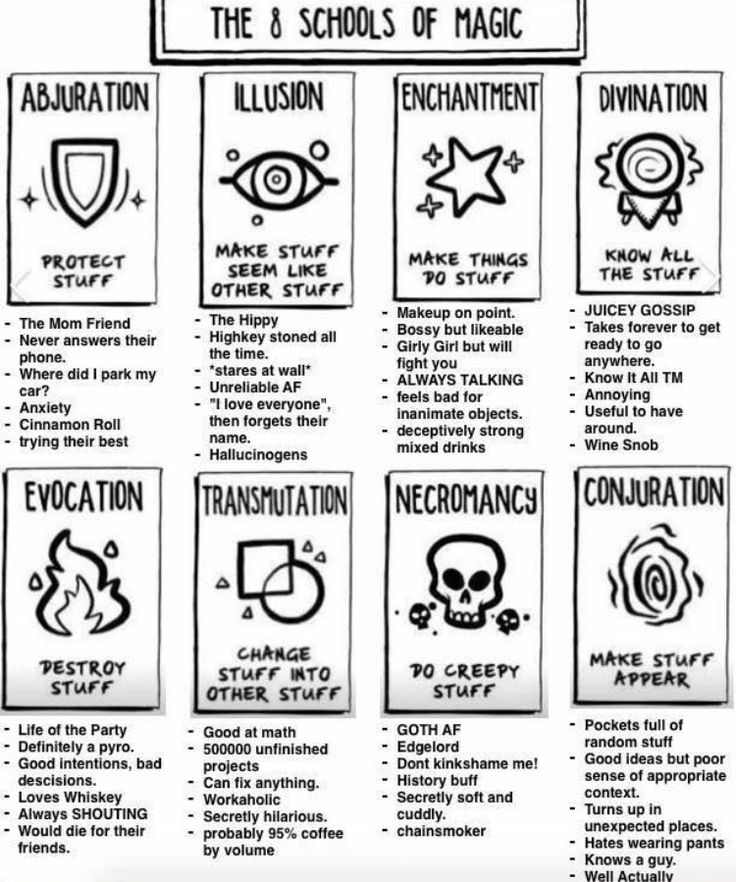 Updating knowledge and fixing individual difficulty in trial action.
Updating knowledge and fixing individual difficulty in trial action.
Purpose:
1) to update the educational content, necessary for the perception of new material: repeat the words that answer the question who?, what?;
2) develop the mental operations necessary and sufficient for the perception of new material: analysis, synthesis, abstraction;
3) fix the repeated rule in the form supports; 4) fix customized difficulty in performing activities tasks for the new rule.
Organization of the educational process at stage II:
1. Repetition of words that answer the question who? and what?
- The little brownie will tell you riddles, and you write the word-guesses in a notebook
Riddles appear on the board, pictures - riddles
Not a warrior, but with spurs, not a sentry, but screams. (rooster)
Not a plowman, not a carpenter,
Not a blacksmith, not a carpenter,
And the first worker in the village.(horse)
Does not spin, does not weave, but clothes people (sheep)
I will take a nap and sing
My song for you.
But when I'm hunting -
I am not lazy at work ...... (cat)
- Exchange papers, check what is written, talk about dangerous places.
- What do these words have in common? (They answer the question who? All words belong to the group - animals)
- I suggest you work in pairs.
On the desk is a piece of paper with the words: Sveta, candy, newspaper, mom, puppy, water, cupboard, planet, boy, reader
- Read the words, color in red words that answer the question who? blue color - the question is what?
Board check:
- who? Sveta, mother, puppy, boy, reader
- what? Candy, newspaper, water, closet, planet
- What does it take to ask the right question? (Understand what the word calls)
- What unites all the words that answer the question who? (This is the name of people and animals)
- What unites all the words that answer the question what? (These are the names of the items)
- Which couple when completing this task made mistakes? Hands up.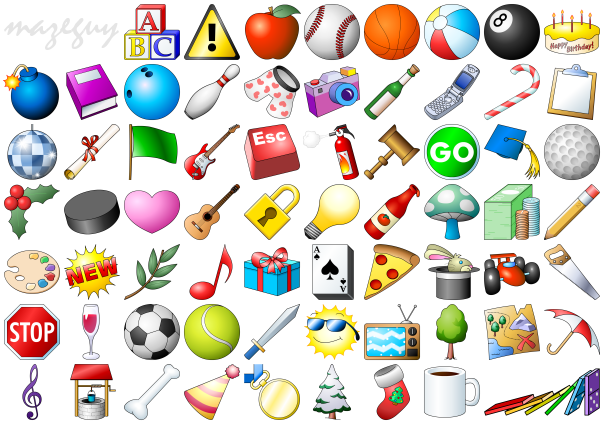
- Where was the mistake made? Why? ( We were inattentive; misplaced question)
- And who did the task correctly? Why? ( We well understood what words answer the question who?, and which - to the question what?; we are right put questions to the words)
- Brownie has prepared pictures for you. Name what you see.
Pictures appear on the board with the words: Moscow, Irina, Pushkin, Volga, Egypt, Murka
- What do you notice in common with these words? (written with capital letters)
- What questions would you ask them? Why?
- Specify which words can be asked a question who? (To the question who? answer the words that call names and surnames of people, nicknames of animals), and what is the question? (to the question what? - names countries, cities, rivers)
A reference diagram appears on the board:
| Who? | What? |
| Names and surnames of people Animal names | Names of countries, cities, rivers, streets, items |
- What did we take for repetition? (see and explain dangerous places in words, divide words into groups on questions who? so what?, ask to the words questions)
- What's next?
- You must offer us a trial action.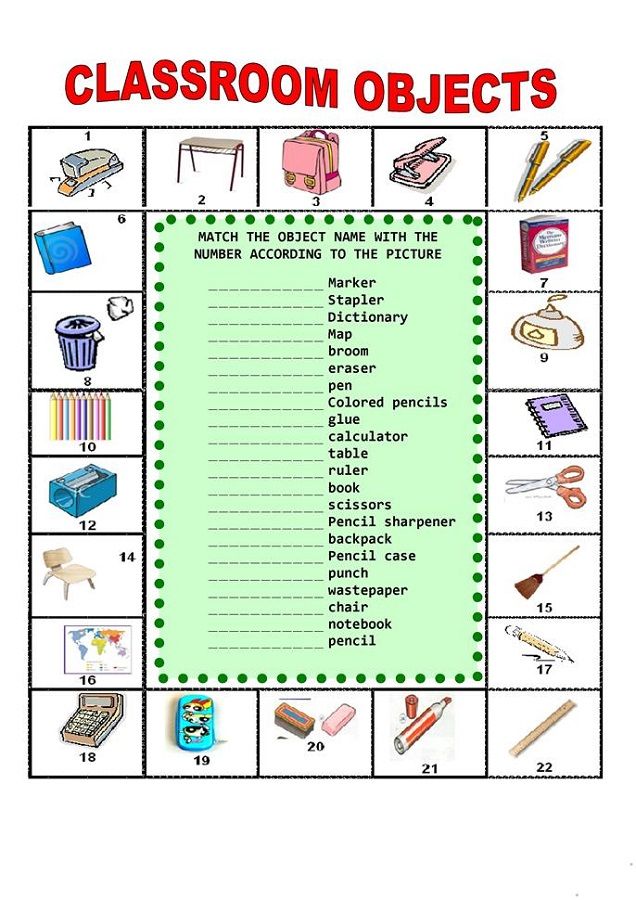
2. Task for trial action.
Group work
- Before you are the words (flower, dog, bag, Irina, dragonfly, Pushkin, orange, TV). Divide into 2 groups: animate and inanimate items.
- What's new in this task? (We never divided words into animate and inanimate items)
- And what will you do? (Let's try to do task)
- Try it.
- Let's check.
Representatives of the groups hang leaflets on board.
- What do we see? (Different answers)
- Who is having trouble? Why? (We are not understand what it is to be animate and inanimate objects)
- Who thinks he did the job? Explain. (We divided the words into groups according to questions who? so what?)
- Can you prove in which group animate objects, and in what inanimate? (No, we do not know such a rule, we have nothing to lean on)
- What happened? (Difficulty)
- And what to do when there is a difficulty? (Stop and think about the reason difficulties)
III. Identification of the location and cause of the difficulty.
Identification of the location and cause of the difficulty.
Purpose:
1) to organize a communicative interaction, during which step by step completed operations are restored, and the operation where the difficulty arose is fixed;
2) organize the correlation of students' actions with used speech causes difficulties - those specific knowledge, skills or abilities, which are missing to solve the original task of this type.
Organization of the educational process at stage III:
- Let's think. What task did you need execute? (It was necessary to divide the words into 2 groups: animate and inanimate objects)
- Why don't you know how to divide words into groups? (We know how)
- What was new in the task for you? What are you not know? (We didn't have to split words before into animate and inanimate. We don't know what such animate and inanimate objects)
- Why couldn't you complete the task? (We do not have rules for checking such a task)
- You understood the reason for your difficulty.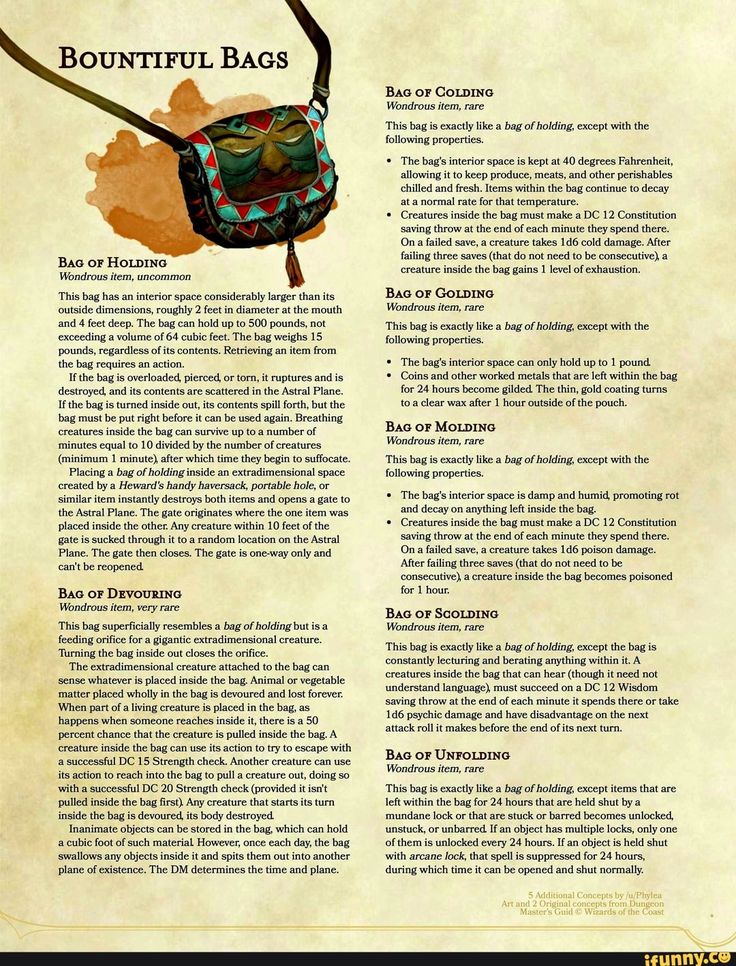 What farther? (It is necessary to set a goal)
What farther? (It is necessary to set a goal)
IV. Construction of the project of an exit from difficulty.
Purpose: to organize in a communicative way construction by students of the project of future educational actions: clarification of the purpose of the project; clarification of the topic lesson; definition of funds.
Organization of the educational process at stage IV.
- State the purpose of your further actions. (Learn to recognize animate and inanimate objects)
- Formulate the topic of the lesson. (Animated and inanimate objects)
- Let's get back to our task. What will help us complete this task?
(The ability to divide words on the questions who? and what?)
Let's start to act.
V. Implementation of the constructed project.
Purpose:
1) organize communicative interaction in order to implement the constructed project, aimed at acquiring the missing knowledge;
2) fix in speech and in sign form (with using a standard) open method for determining animate and inanimate objects develop the ability to use it on practice; 3) organize clarification of the general the nature of the new knowledge.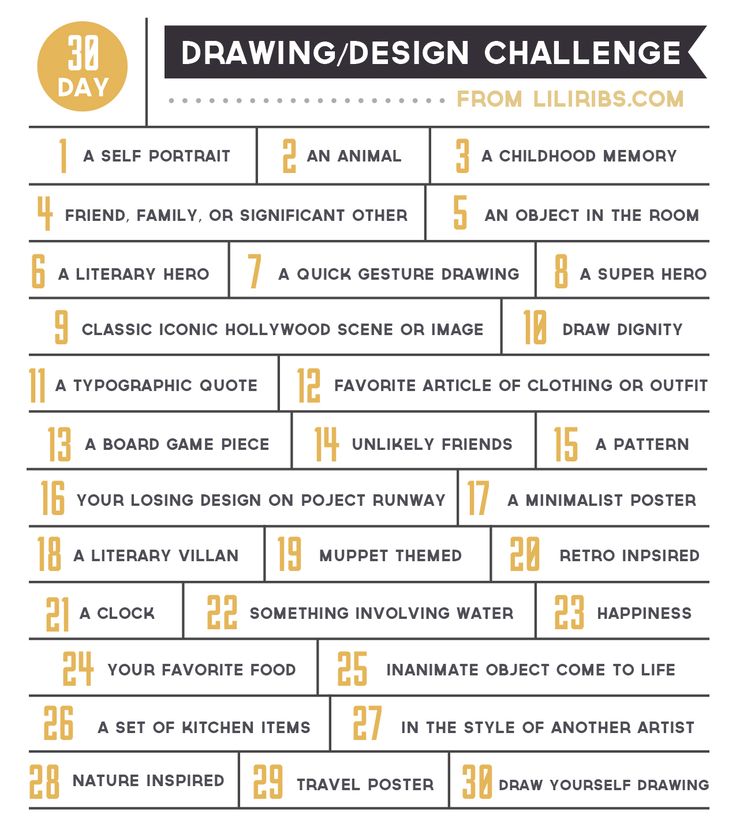
Organization of the learning process at stage V
- Read the words that answer the question who? (dog, Irina, dragonfly, Pushkin)
- What do these words mean? (Living objects)
- Such words in Russian are called animate objects.
- Read the words that answer the question what? (bag, TV, orange, flower)
- What do these words mean? (Inanimate objects)
- Such words in Russian are called inanimate objects.
- Let's summarize, complete the sentences Brownie:
On the board:
- Words that answer the question who? and calling living things are living things
- Words that answer the question what? and calling inanimate objects are inanimate objects.
Reference diagram appears on the board:
| Animate objects Who? Living things | Inanimate objects What? Inanimate objects |
- Here you have overcome another difficulty.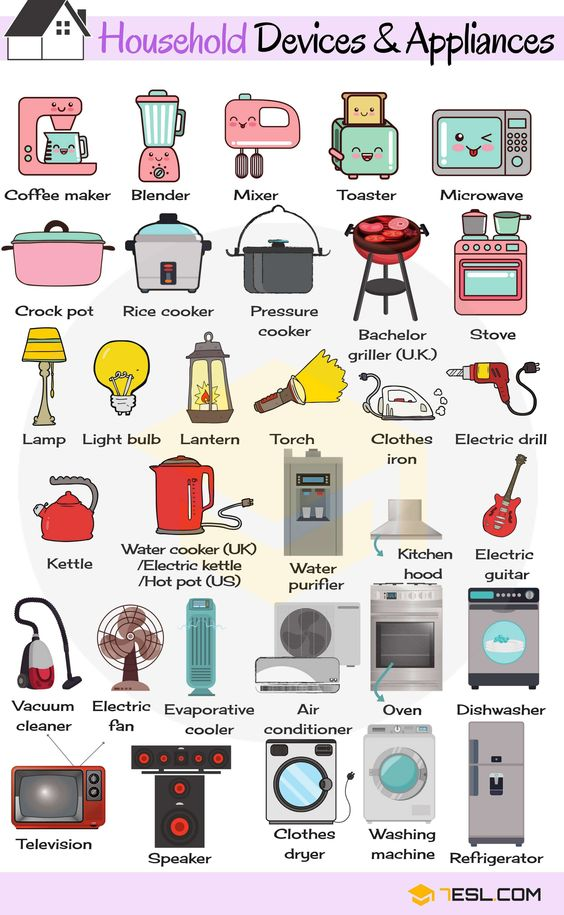 What is your goal now? ( Practice writing new words rule).
What is your goal now? ( Practice writing new words rule).
VI. Primary consolidation with pronunciation during external speech.
Purpose: to fix the recognition rule animate and inanimate objects in external speech.
Organization of the educational process at stage VI.
Work according to the textbook
Control 50 (with commentary) Required write in 1 column the words denoting animated objects, and in column 2 - words, denoting inanimate objects.
Sample reasoning:
- Who? writer is a word that means alive, animated object, I write in 1 column.
- What? Country is a word that means inanimate, inanimate object, write in column 2.
Acquaintance with a new vocabulary word.
- We know how Brownie loves to travel. Where was he today? (In Moscow)
- Read the sentence: Who is not in Moscow I have been, I have not seen beauty.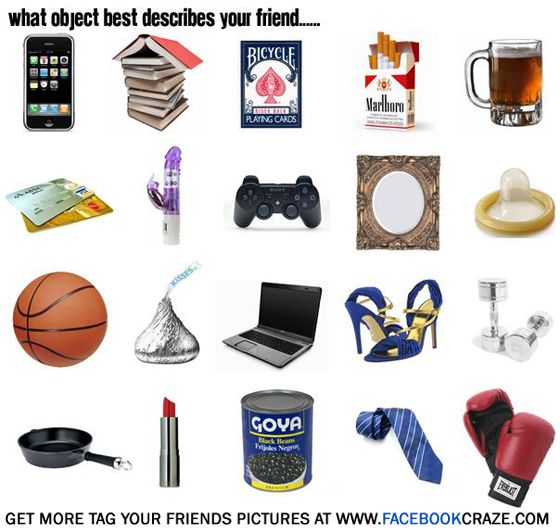
- How do you understand this proverb? (Moscow - the capital of our country. This is a very beautiful city it has many attractions that we proud)
- Write down the proverb.
- Write down a number of cognate words for the word Moscow.
Moscow, Muscovite, Muscovite, Moscow.
- Which words refer to animate items? Explain your answer.
( Moskvich , Muscovite , as the words answer the question who? and represent living objects), but to inanimate? ( Moscow, since the word answers the question what? and means inanimate object)
Sound-letter analysis of the word people.
One student at the blackboard, all the rest in notebooks
- Where are the dangerous places in this word? Remember spelling of these words.
Physical education minute.
Purpose: to form a value attitude towards your health
- How to check that you understand the topic.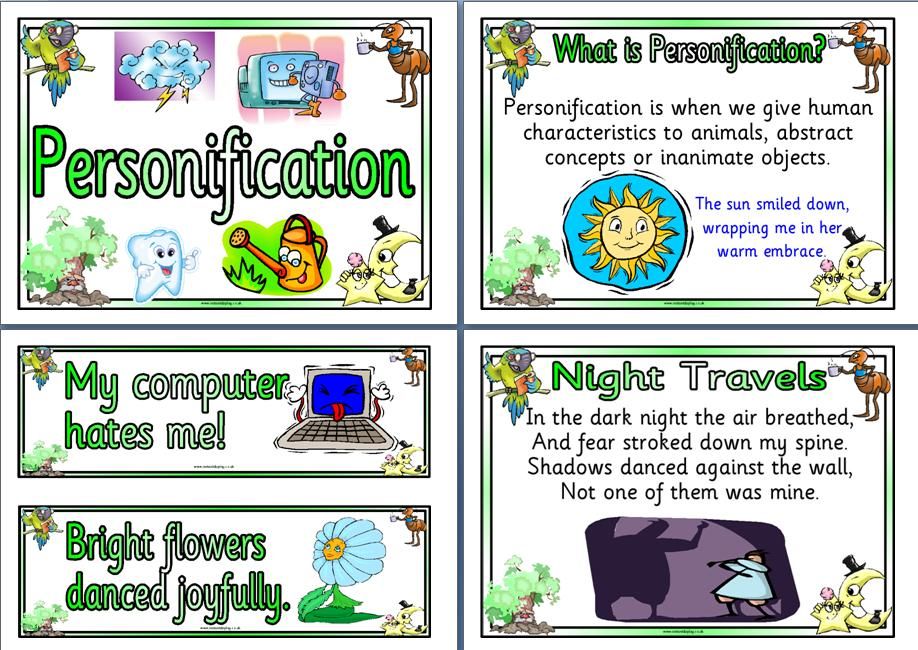 ( Perform independent work)
( Perform independent work)
VII. Independent work.
Purpose:
to train the ability to self-control and self-esteem;
2) test your ability to apply what you have learned rule.
Organization of the educational process at stage VII.
- Open the textbook on p. 44 ex. 51 - read columns of words, correct mistakes and write off without errors.
- Work on your own.
Board check:
| Who? | What? |
| Igor | Fluff |
| Zhitkiv | glasses |
| Fluff | Moscow |
| Shilov | awl |
- How can you call words with one word, written in a column with the question who? (Animated)
- What about the words written in column 2? (Inanimate)
- Find words that sound the same and are written differently.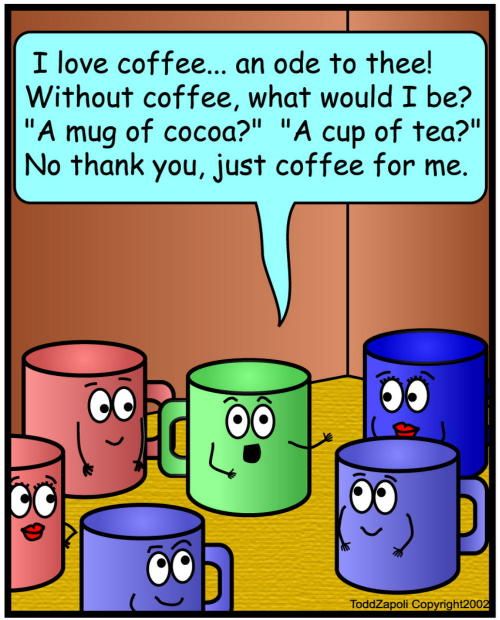 (Fluff, fluff)
(Fluff, fluff)
- Why are they written in different columns? (Fluff - this is the name of the animal, it is written with a capital letter, denotes an animated object, and fluff is inanimate object, written with a small letters)
- Who made mistakes while completing the task?
- What needs to be worked on? What to look for Attention? (Remember the rule).
- Well done to those who found and corrected the errors. Put a “+” sign in the margins.
- Who has no errors? Well done!
VIII. Inclusion in the system of knowledge and repetition.
Purpose: to train the ability to use new rule.
Organization of the educational process at stage VIII.
- Brownie Athanasius invites you to stay wizards.
- Replace one letter in a word so that it answered the question "who?"
- qty
- drop - heron
- door - beast
- poppy - cancer
- house - som
- What can you say about the words of the left column? (They call living, animated items)
- Right column? (They call the non-living inanimate objects)
IX. Reflection of learning activities in the classroom.
Reflection of learning activities in the classroom.
Purpose:
1) evaluate the results of their own activities;
2) agree on homework.
Organization of the educational process at stage IX.
- What are the key words of lesson . (Animated, inanimate)
- Repeat the topic of the lesson based on key words (animate and inanimate objects)
- What questions do they answer? (Animated - who?, inanimate - what?)
- What words are included in the group of animate, and which ones are inanimate?
- Assess your performance.
- Which of the guys can you thank today for help? (I want to say thank you to Olesya, she listened to my opinion; and I was fine work in a group, everyone listened carefully each other....)
Read these statements.
1) I understood everything, but I still have questions.
3) I understand everything, I can explain it to someone else.
- If you agree with the first statement, draw an asterisk in your notebook, if with the second - Sun.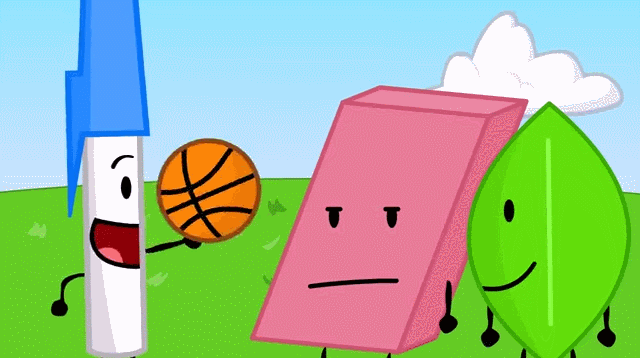
Homework:
- For those who drew the star: is offered write out from the textbook “A small door to a big world” by 10 words denoting animate and inanimate objects.
- For those who drew the sun: is offered write 6 sentences containing the words denoting animate and inanimate items.
Words that name animate and inanimate objects. 2nd grade
Lesson objectives:
- To form the ability to distinguish between animated and inanimate and inanimate names nouns.
- Develop the ability to see and explain spelling. To develop competent speech, thinking of students.
- To cultivate a kind, fair attitude towards classmates.
Lesson progress
Organization of the beginning of the lesson.
- Open notebooks, write down the number.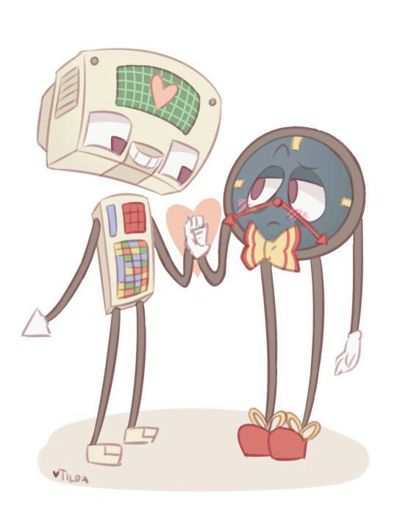
A minute of calligraphy.
- Write the task on the line.
- Double consonant letter "F".
- A letter that comes before a letter in the alphabet "P", write it down 2 times.
- The letter that stands for the sounds [l] [l*]
- The letter that stands for the sound often occurring in tongue twister:
"I tried for seven days and forty, in a hurry, I sewed rawhide boots."
(a set of letters v o ol s appears in the notebook)
- Gather all the letters together. What do you have happened?
- Write it in a notebook 2 times, correctly showing the connection of letters in a word.
- What is a word?
- What else do you know about the word?
- Each word has its own work. Just words name objects, other signs, third- actions. There are helper words. FROM We use words to express our emotions.
Vocabulary work, repetition.
- A large number of words help us communicate together.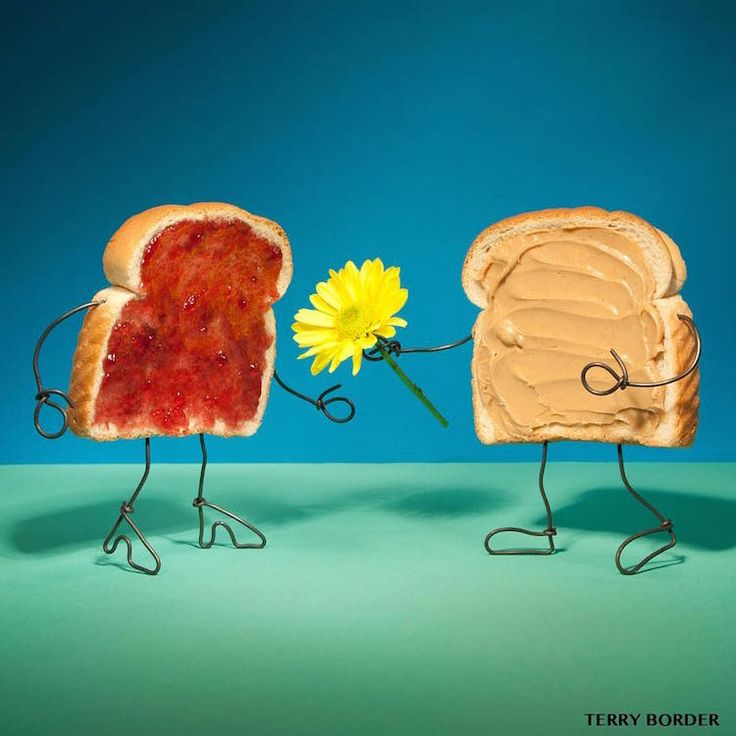
- In which country do all words live?
- In a vast country "Russian language" is a lot beautiful cities - parts of speech. In the same city we you visited and got acquainted with its inhabitants.
- What is the name of this city?
(If they answer correctly, check with crossword. If called incorrectly, dictionaries words will help you remember the name of this city).
Insert the correct letter in the words: boy_k, _language, man, zh_votnoe, t_trad, _bed, t_atr.
| and | m | I am | with | at | w | e | with | t | to | and | t | e | l | n | about | e |
Students read the words, insert the correct letter ( this letter in the crossword is closed) and open this letter.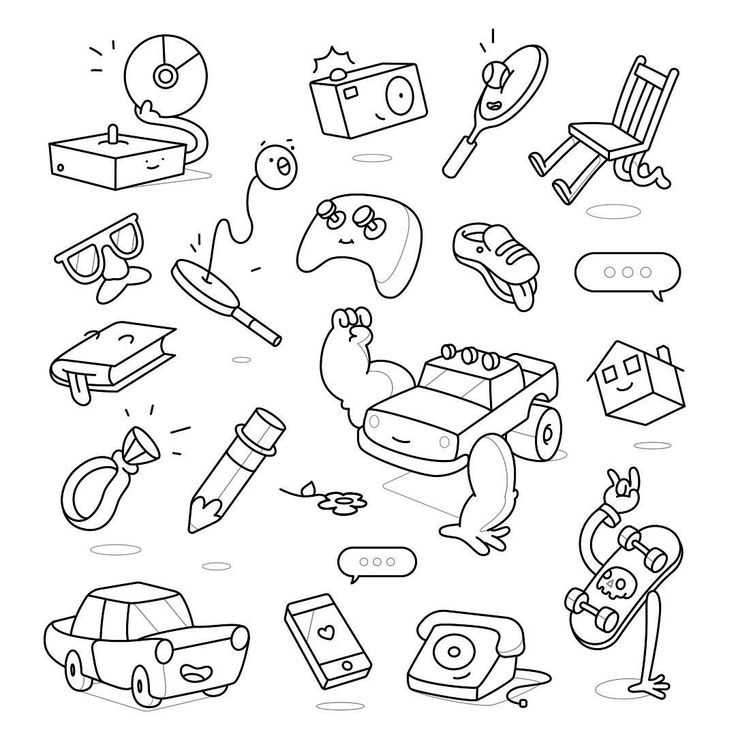
The result is " Name noun".
- Read the name of the city.
- We continue our journey through the city, Let's get to know its inhabitants.
- What is a "noun"?
- All cities have a roadway. Traffic transport regulates the traffic light. But the traffic light city "noun" broke. You will be the controller. Pick up signal cards green and red. Passage is allowed only for words denoting objects i.e. nouns.
I say the word, you show the right color.
Car, rides, stands, big, tram, bus, children's, school, taxi, car, bike, pedestrian, hooray!
- Well done! Helped the words to move correctly road.
-Get off the road, you can play.
Learning a new topic.
- Guess the riddles. Words - riddles write in notebook with spelling.
1.
It's as big as a soccer ball,
If ripe, everyone is happy,
It tastes so good,
And his name is::..(watermelon)
2.
Now I'm in a cage, then in a line,
Write on them sumey-ka
You can also draw,
I am called: .. (notebook)
3.
Good-natured, businesslike,
All covered with needles,
Do you hear the clatter of nimble feet?
This is our friend:. (hedgehog)
4.
Sly cheat,
Red head,
Fluffy tail-beauty
Who is this? .... (fox)
Students read the words they have written in notebook, explain spelling.
Words with graphic designation of orthograms.
- What do these words have in common?
- Find the "extra" word. (the options are very many, you can consider words from different positions Russian language).
- What 2 groups can they be divided into?
(Words that answer question who? and words that answer the question what?)
- What words will we call animate names nouns?
- What words will we call inanimate nouns?
Consolidation of the studied material
- Animate and inanimate names nouns live on different streets.